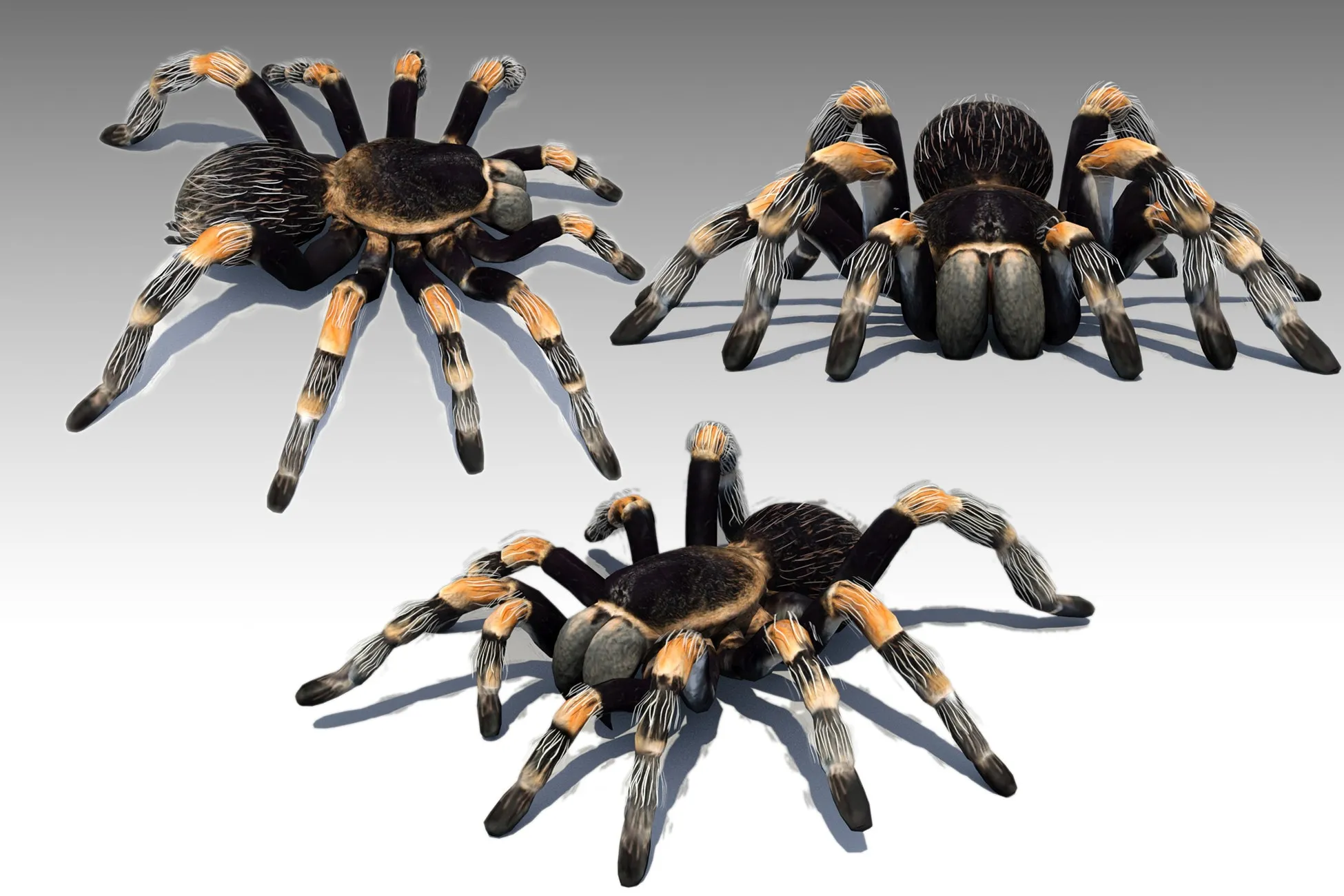What is an Animatronic Tarantula?
An animatronic tarantula is a sophisticated robotic model designed to realistically mimic the appearance and movements of a tarantula spider. These creations are used for entertainment, educational purposes, and decoration, particularly during Halloween. They range in size and complexity, from simple models with basic movements to highly detailed replicas featuring advanced features like realistic sound effects, interactive sensors, and intricate mechanical designs. The goal of an animatronic tarantula is to create a convincing illusion, often designed to startle or entertain viewers. Their popularity stems from the inherent fascination and fear spiders inspire, making them a compelling addition to any setting. The technology behind these creations involves a combination of robotics, engineering, and artistic skill, enabling them to simulate lifelike behaviors that captivate audiences.
Realistic Design and Detailing
The realism of an animatronic tarantula heavily depends on the design and detailing. Skilled artists and engineers work together to ensure the model accurately represents the spider’s physical features. This includes the shape of the body, the texture of the exoskeleton, and the placement of the legs and eyes. High-quality models use materials that mimic the look and feel of a real spider, such as specialized paints, realistic fur or hair, and carefully sculpted components. The color patterns, often mimicking specific tarantula species, add to the authenticity. Meticulous attention to detail, such as the inclusion of fangs, spinnerets, and subtle variations in color, significantly enhances the overall realism, making the animatronic tarantula a convincing and often unsettling replica of its living counterpart. The goal is to blur the line between reality and illusion, creating a truly immersive experience for anyone who encounters it.
Size and Scale
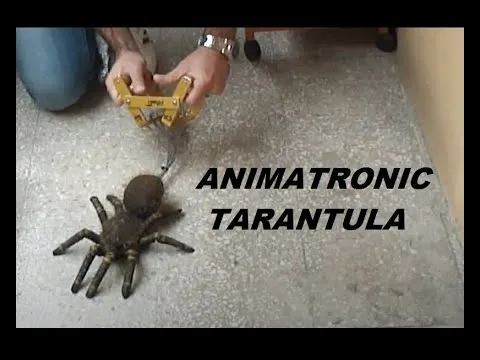
The size and scale of an animatronic tarantula play a crucial role in its impact and believability. Models can range from relatively small, tabletop versions to large, imposing replicas that are nearly life-size or even larger. The chosen scale affects the overall effect, with larger models often being more intimidating due to their exaggerated presence. Smaller models are still capable of creating a sense of unease, particularly when combined with other realistic features. The decision on size often depends on the intended use. For example, a Halloween display might benefit from a large, attention-grabbing tarantula, while an educational exhibit might opt for a more accurate, life-size representation. The scale also influences the mechanical design. Larger models require more robust and powerful mechanisms to move the heavier components, while smaller models may be limited by the constraints of miniaturization. The scale should be chosen carefully to achieve the desired effect and fit the context in which the animatronic will be used.
Movement and Animation
The realistic movement of an animatronic tarantula is key to its believability and ability to create a sense of unease or excitement. Advanced models incorporate sophisticated mechanical systems, including motors, gears, and linkages, to replicate the spider’s natural movements. These movements include the subtle twitching of legs, the flexing of the body, and the rapid, jerky motions that tarantulas are known for. The quality of the animation depends on the precision of the engineering and the programming of the movements. Some animatronics feature multiple points of articulation, allowing for a wider range of motion, from simple leg movements to complex actions. Programmed sequences often include unpredictable elements to mimic the behavior of a real spider, adding to the element of surprise. Careful synchronization of movement with sound effects and other features, such as light-up eyes, further enhances the realism and creates a more immersive experience, making the animatronic tarantula a captivating and sometimes startling spectacle.
Sound Effects
Sound effects are a crucial element in creating a truly immersive experience with an animatronic tarantula. Realistic sounds, such as the clicking of legs on a hard surface, hissing sounds, or even the rustling of bristles, can significantly enhance the illusion of a real spider. High-quality models use advanced sound systems, including embedded speakers and pre-recorded audio files, to produce these effects. The sounds are often synchronized with the movements of the animatronic, creating a seamless and convincing experience. This attention to detail can heighten the sense of realism and make the animatronic even more unsettling, especially when used in a dark or unexpected setting. The selection of sound effects is carefully considered, as the right sounds can amplify the overall effect, while poorly chosen ones can break the illusion. Many models even include environmental sounds, further immersing the viewer in the scene.
Materials and Durability
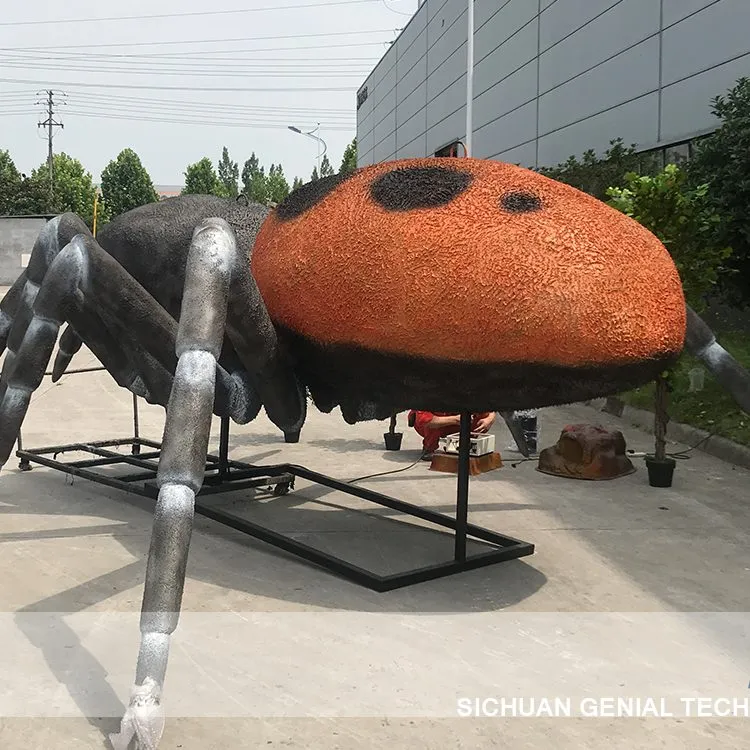
The materials used in the construction of an animatronic tarantula determine its durability, longevity, and overall appearance. High-quality models utilize robust materials that can withstand the rigors of repeated use, whether indoors or outdoors. The body and frame are often made of durable plastics, metals, or composites, providing structural integrity and support for the moving parts. The outer skin or covering is typically made of flexible materials like silicone, rubber, or specialized fabrics that mimic the texture and appearance of a real spider. These materials must be weather-resistant and able to withstand exposure to the elements if the animatronic is used outdoors. Careful attention to detail is required in the selection of materials, ensuring they are safe, non-toxic, and resistant to wear and tear. The durability of the animatronic is essential to ensure it can be used effectively and maintain its realistic appearance over time, providing many years of entertainment or display.
5 Terrifying Features of Animatronic Tarantulas
Realistic Appearance
The incredibly realistic appearance of animatronic tarantulas is the cornerstone of their terror factor. Meticulous design and attention to detail allow these creations to closely resemble their living counterparts, from the subtle textures of the exoskeleton to the intricate patterns on the legs. The use of advanced materials, such as realistic paints and specialized fabrics, further enhances their authenticity. This level of realism can trigger an instinctive fear response in viewers, making the animatronic seem genuinely dangerous. The more closely the animatronic resembles a real tarantula, the more unsettling it becomes, creating a sense of unease and potentially causing a visceral reaction. The combination of lifelike design and realistic features is crucial for making the animatronic believable and terrifying.
Sudden Movements
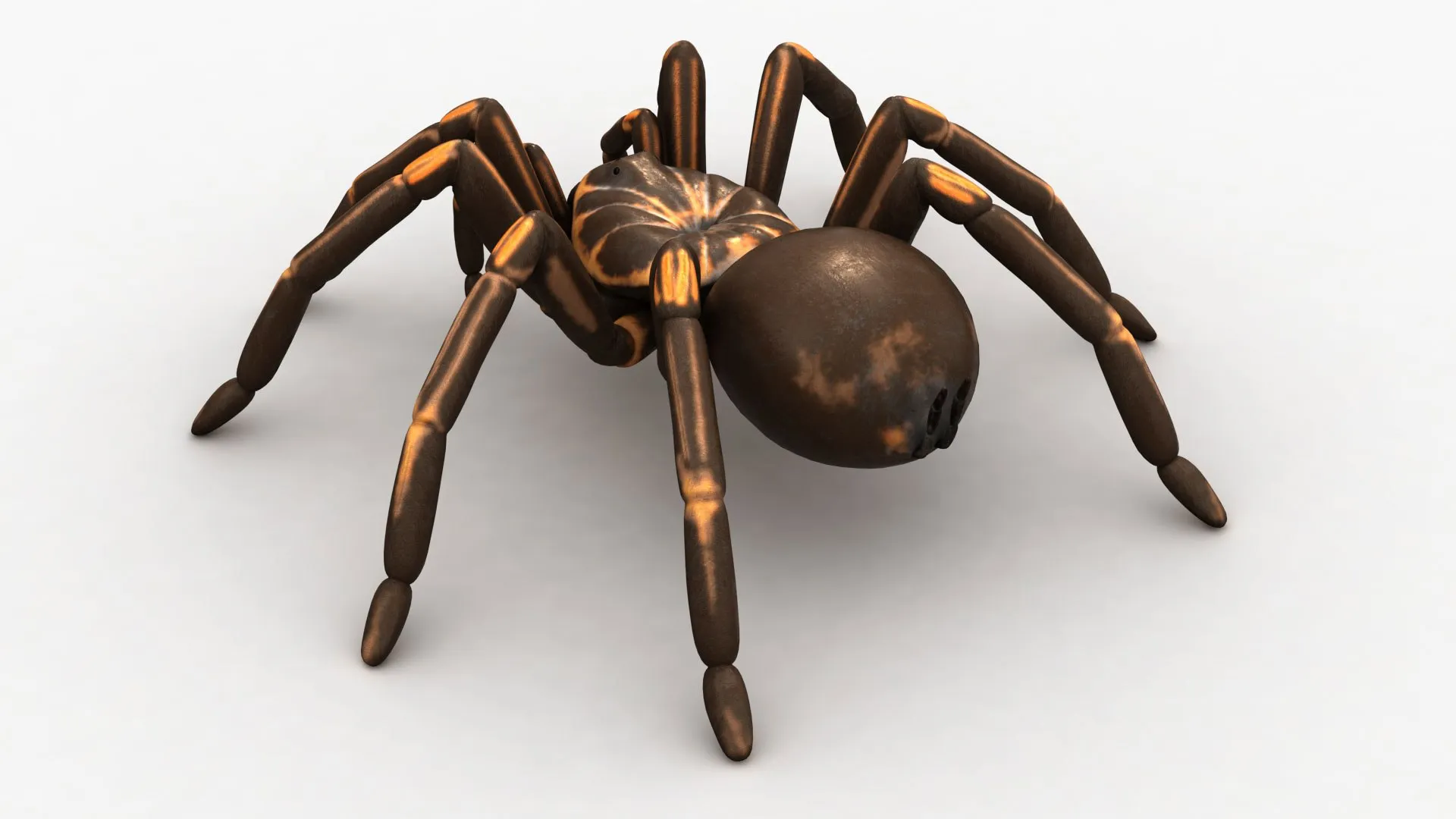
One of the most terrifying features of animatronic tarantulas is their capacity for sudden, unexpected movements. This element of surprise is crucial in creating a sense of fear. The ability of these animatronics to quickly dart, lunge, or twitch can trigger a strong startle response. Programmable movements allow the designers to create unpredictable sequences, mimicking the unpredictable behavior of a real tarantula. These unexpected actions can be especially effective in dark or enclosed settings, where the element of surprise is amplified. This unpredictable behavior enhances the overall scare factor, making the animatronic tarantula a genuinely frightening spectacle, and a true test of nerves.
Creepy Sounds
The creepy sound effects emitted by animatronic tarantulas add significantly to their terrifying impact. Realistic sounds, such as the clicking of legs on a surface or the eerie hissing noises, create an atmosphere of unease. These sounds are often synchronized with the movements of the animatronic, enhancing the overall effect and making the experience more immersive. The strategic use of sound can amplify the element of surprise, as unexpected noises can startle viewers and heighten their sense of fear. Sounds, particularly those that mimic natural spider sounds, can tap into primal fears, making the animatronic even more unsettling. The incorporation of high-quality sound effects is a key factor in making an animatronic tarantula a genuinely terrifying and memorable experience.
Unexpected Locations
The element of surprise is a crucial factor in enhancing the terror of an animatronic tarantula, and strategically placing it in unexpected locations amplifies this effect. Imagine encountering one hidden in a dark corner, inside a shadowed doorway, or dangling from the ceiling. These strategic placements can create a moment of intense shock and fear. The ability to incorporate the animatronic into the environment, camouflaging it or using its movements to create an illusion of threat, can heighten the suspense. For example, an animatronic could be placed in a bush to suddenly move towards you or emerge from a pile of leaves. The more unexpected the location, the more effective the scare. This use of environmental factors is key to making an animatronic tarantula an unforgettable and potentially terrifying experience.
Interactive Elements
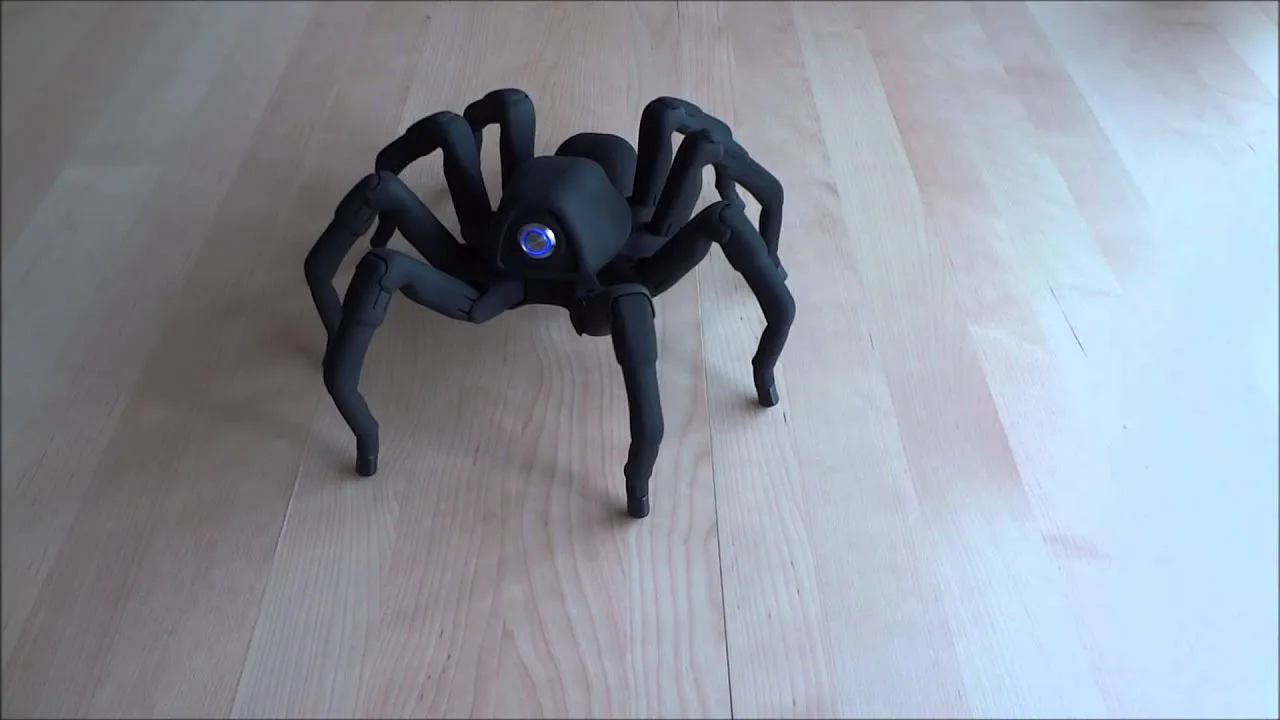
Interactive elements add another layer of terror to an animatronic tarantula experience. Some models are equipped with sensors that react to movement or sound, causing the spider to respond when approached. This can create a heightened sense of unpredictability and fear. Other animatronics might have touch sensors, allowing them to react to physical contact. This can catch unsuspecting viewers off guard, creating a startling and memorable experience. Interactive elements also can involve the use of lights, such as glowing eyes, that trigger a more intense response. The combination of realistic design, sudden movements, and interactive features ensures the animatronic tarantula captures attention and elevates the scare factor, making it a thrilling and often frightening addition to any setting.
Where to Find Animatronic Tarantulas
Animatronic tarantulas are available from a variety of sources, each offering different levels of quality, features, and price points. Halloween stores and seasonal retailers are among the most common places to find them, especially during the Halloween season. These stores typically carry a range of models, from simple to moderately complex, suitable for home use and seasonal displays. Online marketplaces, such as Amazon and eBay, offer an extensive selection, including models from various manufacturers and price ranges. Specialty prop and animatronics shops cater to serious collectors and those seeking high-quality, professional-grade models with advanced features. These retailers often provide a more curated selection and can offer expert advice and support. Amusement parks, haunted houses, and themed attractions are also common places to find animatronic tarantulas, as they are often used in elaborate displays and themed environments.
Tips for Choosing the Right Animatronic Tarantula
Selecting the right animatronic tarantula requires careful consideration of several factors to ensure it meets your needs and expectations. First, think about the intended environment. Is it for indoor or outdoor use? This will determine the necessary durability and weather resistance of the model. Consider the size and scale of the animatronic and how it fits within your display or intended space. Determine the features that are most important to you, such as the level of realism, the range of movements, the sound effects, and any interactive elements. Set a budget, as the price of animatronic tarantulas can vary widely depending on their complexity and features. Read reviews and compare models to gauge the quality and performance of each one. Finally, consider the power source, as some models require a power outlet while others run on batteries. Making the right choice ensures you get an animatronic tarantula that delivers the intended effect and provides years of enjoyment.
Consider the Environment
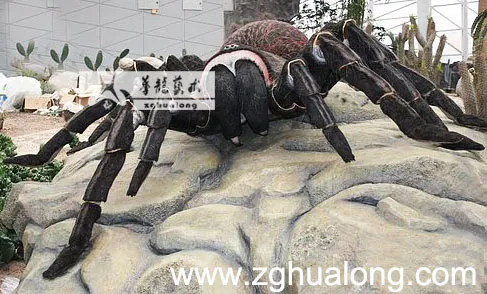
The environment where you plan to place the animatronic tarantula is a crucial factor in your selection. If you’re using it outdoors, make sure it is made of weather-resistant materials designed to withstand rain, sun, and fluctuating temperatures. For indoor use, you may have more flexibility with the materials. The space available also plays a role. A larger space can accommodate a larger, more elaborate animatronic, while a smaller space will require a more compact model. Consider the overall aesthetic of the environment. Does it need to blend in seamlessly, or will it stand out as a unique feature? Furthermore, if you’re placing it in a public area, think about safety. Make sure it is securely positioned to prevent accidental tipping or damage, and consider any potential safety hazards posed by the mechanics or moving parts. The environment will ultimately guide the best features and specifications of the animatronic tarantula.
Check for Quality
Assessing the quality of an animatronic tarantula is essential to ensure it performs reliably and delivers the desired effect. Examine the materials used. High-quality models use durable, weather-resistant components. Inspect the build quality for any signs of poor craftsmanship, such as loose wires, flimsy joints, or uneven paint. Pay attention to the mechanics. Do the movements seem smooth and realistic, or are they jerky and unnatural? Listen to the sound effects. Are they clear and crisp, or do they sound tinny or distorted? Read customer reviews to gain insight into the experiences of other buyers, looking for any recurring issues or complaints about the product’s reliability. Check the warranty offered by the manufacturer, as this can provide an indication of their confidence in the product. Checking for quality is crucial, as a well-made animatronic will look more realistic, last longer, and provide a better overall experience.
Think About Features
When selecting an animatronic tarantula, it is important to consider the specific features that best suit your needs. The level of detail, from the realism of the spider’s design to the intricacy of its movement, is key. Determine what types of movement are most important, from subtle leg twitches to rapid lunges. Decide whether you want sound effects, like hissing or clicking, to enhance the realism. Consider interactive elements like light-up eyes or sensors. Think about the control options. Do you want a model that can be controlled remotely, or do you prefer a model that has preset sequences? Furthermore, think about the power source. Do you want a model that plugs into an outlet or one that uses batteries? Consider your budget and prioritize the features that offer the greatest impact while staying within your price range. Evaluate these factors to ensure that you get an animatronic tarantula that best matches your desires and fulfills your expectations.
